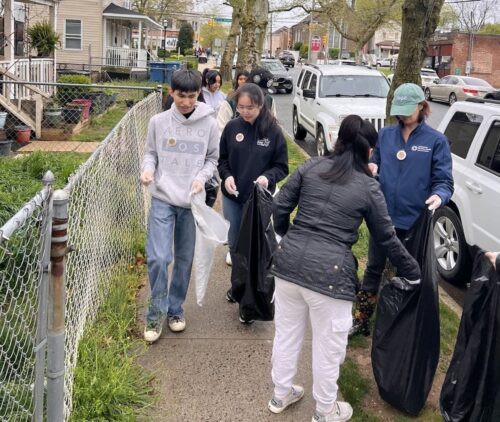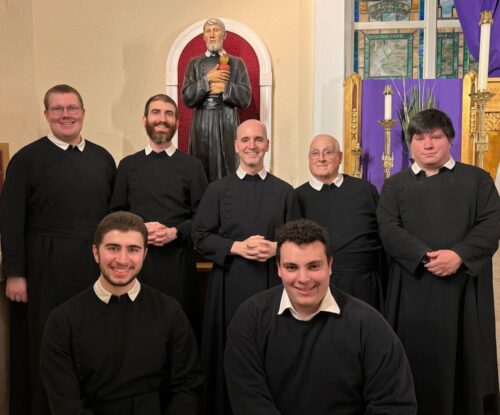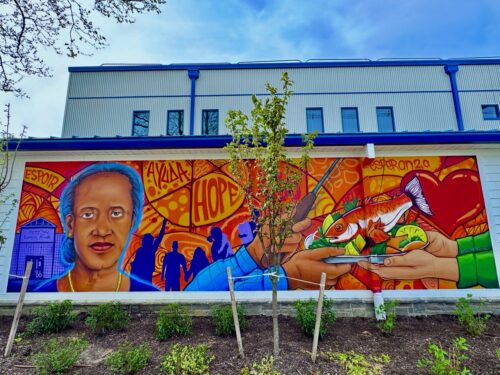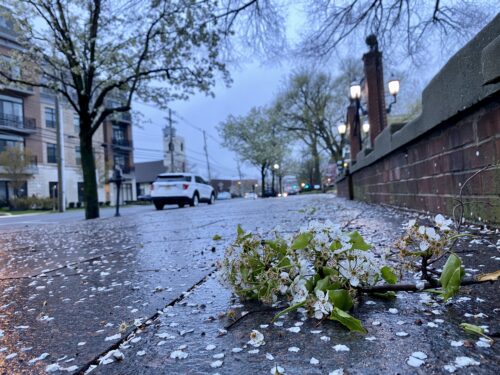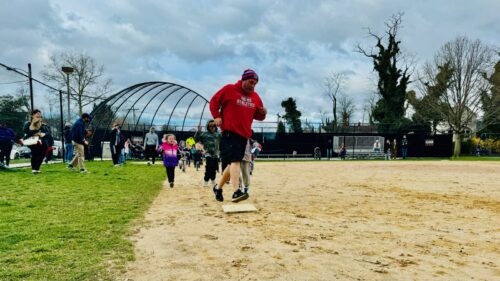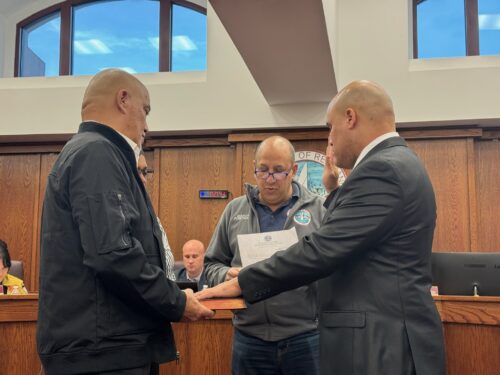To those familiar only with the crib notes of her biography, Nadine Goldsmith may be easy to misinterpret.
A well-off Rumsonite, she was a fixture in charity-ball circles, and after she died of breast cancer in March, 2004 at age 58, there were the obligatory ladies-who-lunch luncheons in her honor. (From a M.A.R. magazine story about one such event, in 2004: “Guests dined on a delicious lunch of traditional salad nicoise accompanied by a crisp Provençal rosé wine served on tables of pink and white gingham.”)
But Goldsmith was also an advertising executive; a wife and mother of three; and a serial volunteer at commitment-demanding institutions such as Rutgers University (her alma mater) and Planned Parenthood.
In a similar vein, it’s tempting to assume that the sketches and paintings Goldsmith produced in the last 16 years of her life were the works of a dilletante. But that expectation is belied by a new book that assembles all her art betwen its covers.
While a fair number of Goldsmith’s images depict sunflowers and pansies, her subject matter was more often the human yearning to be heard, to connect, and to to be seen as something other than the flesh that entraps the soul.
Her adult figures are saggily robust and rendered in dense hues; the facial expressions, again and again, appear to have been caught in that millisecond when a subject’s confidence and loneliness are equally apparent.
Friends talk of Goldsmith’s skills having emerged fully formed, or nearly so, when she was 43. But over the course of about 100 pieces, she appears to have traveled deeper into an unseen world, with increasing self-assuredness as a painter.
After she died, her husband, Barry Goldsmith (who spends his winters in Florida), grouped together Xerox copies of the paintings, many of which were the hands of scattered friends, and began putting together some notes for a book, possibly for the couple’s children and other relatives. But there was no clear plan for what to do next.
Enter Barry’s sister, Frances Benson, a publisher of books on industrial and labor relations for an imprint of Cornell University Press and occupant of what was long the Highlands studio where ‘Diney’ (pronounced Deeny) sequestered herself to paint.
Benson works with academic texts and, over the course of a 40-year career, had never before managed the publication of a picture book. But she eagerly took the lead role in shepherding the creation of “The Art of Nadine Goldsmith,” newly out from Philmark Press in New York.
The book took three years to complete, much of it spent trying to figure out “how to do a book that was meaningful to the family, and also had some public relevance,” says Benson. She was unsure, she says, about whether to pursue something that was merely a keepsake for the family or to try for something grander.
“It was so painful when Diney died, for so many reasons, and one of them was that she was such an amazing painter, and she was still emerging,” Benson told redbankgreen over coffee this week at the Broadway Diner, next door to the Children’s Cultural Center dubbed “Diney’s Place.” “What do you do with all these paintings that somebody has poured their growth and self-expression into?” Benson asks.
Discussions with people who knew Goldsmith led Benson to Arlene Raven, a prominent feminist art historian in New York who was not only full of praise for the paintings, but compared Goldsmith 
“That sort of shifted things for me,” says Benson. “Suddenly, having something that wasn’t totally ‘family,’ I could finally see how it could serve both purposes.”
Included in the book is a foreword by Raven, who died last year shortly after completing her contribution. In it, Raven calls Goldsmith “a painter of color and love, people and vivid lines, creating great volumes from the humble forces of nature and humanity.”
We asked Benson if it was painful working on the book, which entailed her delving into her late sister-in-law’s journals.
“Yes,” she says. “But for me, the whole process was a privilege. It was an important part of the grieving process. It allowed me to have long conversations with Diney, and to extend my relationship with her. It was beautiful, simply beautiful. And I felt honored that Barry allowed me to do it.”
She uncertain, though, about how well the book works as a public property, and leaves that judgment to others. For now, there are no plans to mass-market it. Instead, its non-family purpose is to help institutions with which Goldsmith was affiliated raise funds. The Goldsmiths were behind the creation of the Children’s Cultural Center and the Leon Hess Cancer Center’s Goldsmith Wellness Center at Monmouth Medical Center in Long Branch. Those two organizations will split all the proceeds from the sale of the book, which is being sold for $125 per copy.
The book is available at Diney’s Place on Monmouth Street (contact Tricia Schaefer, 732.842.7177) and the Goldsmith Wellness Center (Ilene Winters, 732.263.0444). A reception to mark its publication is scheduled for Friday, Feb 16, at Ceres Gallery in New York. No equivalent event has yet been planned locally.
For additional info, email Fran Benson.





